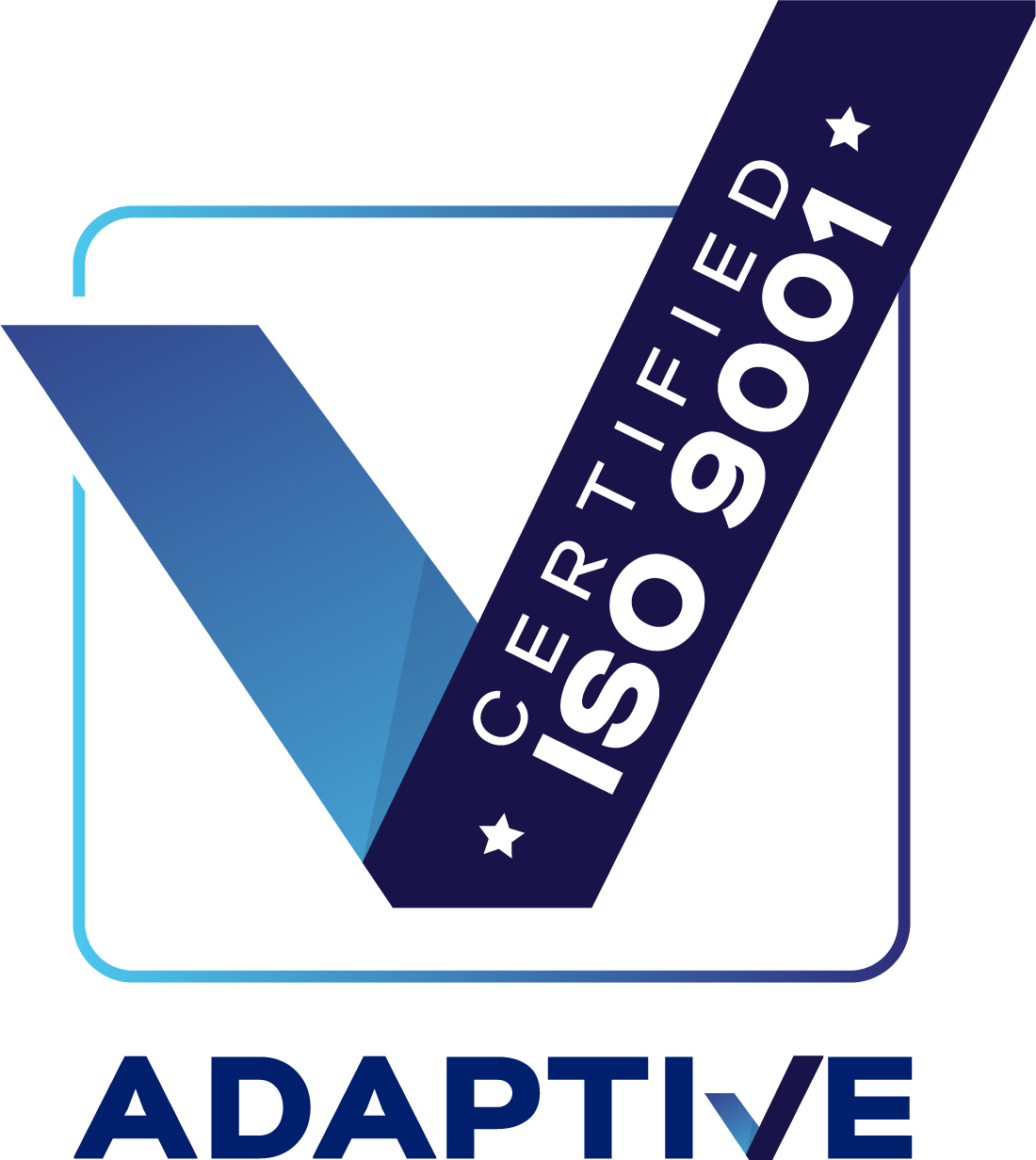
Understanding the Context of Your Organisations ISO Management System
Clause 4.0 of the ISO Management System Standards is about understanding the context of the organisation. More specifically, clause 4.1 requires the organisation to determine external and internal issues.
In this blog, we will discuss context, how it is relevant to management systems, and look at what your business must do to comply.
The ISO standards state (in clause 4.1):
The organisation shall determine external and internal issues that are relevant to its purpose and that affect its ability to achieve the intended outcome(s) of its OHS/Quality/Environmental/Integrated management system.
What does this mean?
The reason the standards can be hard to decipher is because the language has to be generic in order to apply across all industries and situations.
So, to figure this out, let’s apply this statement to a fictional company example:
GreatComms is a fibre optic cable hauler with 10 employees and 2 regular subbies. They regularly purchase goods from FibreSupplies Inc., and all of their work comes from National Fibre Co, who has a direct contract with NBN Co. NBN Co’s agreement with National Fibre Co contains specific Quality, WHS and Environmental targets, which require robust systems and reporting. As such, National Fibre Co requires its subcontractors, such as GreatComms, to maintain Quality, Safety and Environmental management systems, as this will ensure they provide high quality fibre installation services, protect the environment, and keep workers safe.
Now, let’s rework the statement from the ISO standards to make it applicable to GreatComms:
The organisation (GreatComms) shall (will) determine external and internal issues that are relevant to its purpose (fibre installation services) and that affect its ability to achieve the intended outcome(s) of its OHS/Quality/Environmental management system (intended outcome being to provide quality fibre installation services, protect the environment and keep workers safe).
Now, lets rework that again into a more specific statement, cutting out the generic language altogether:
GreatComms will determine external and internal issues relevant to fibre installation services that affect our ability to provide high quality fibre installation services, protect the environment, and keep workers safe.
So now we have said we will do this, let’s do it. There are many ways of doing this that will range depending on the size and nature of the company. ISO 9002, which provides specific guidance and examples on how to implement a quality management system, suggests a simple approach such as brainstorming. Let’s use this method to develop a list of internal and external issues. To help us, we’ll re-word our statement once more, into a simple question:
What are the things that will impact GreatComms’ ability to provide high quality fibre installation services, protect the environment, and keep workers safe?
Here is what the list may look like. And remember, this is brainstorming. We don’t worry about coming up with perfectly correct answers – to some degree, there’s no right or wrong. We’re just going to make the list!
- Availability of high-quality cable
- Safe, high-quality tools
- Safe, reliable cable-hauling plant and equipment
- Environmental impact of the plant and equipment we use
- Competent, reliable employees
- Competent, reliable subcontractors
- An understanding of NBN’s installation standards
- An understanding of our WHS legal obligations (Acts, Regs, Codes of Practice, etc.)
- An understanding of our Environmental legal obligations (EPA Act, etc.)
- Price-wars with competitors
- Cash flow
- Industry knowledge of cable hauling practises and technologies
So, there we have it. By writing down this list, we have determined internal and external issues that are relevant to our purpose and that affect our ability to achieve the intended outcomes of our Quality, WHS and Environmental management systems.
Is it a perfect list? Is it exhaustive? Maybe, maybe not. But that doesn’t matter. This part of the standard is not black and white, so the main thing is to make a start. The best thing is, by following this process, we are well on our way to determining interested parties, their needs, and expectations. We will cover that in depth in a future blog, but briefly, from the list above, it’s easy to identify interested parties will include:
- Suppliers (of cable, tools, plant and equipment)
- Employees
- Subcontractors
- Customers
- Fibre network owners
- WHS authority
- Environmental Authority
- Competitors
- Training providers
Hopefully this has been helpful. Why not have a go at following this process to make a list of your own internal and external issues and see if you can use it to determine relevant interested parties.




